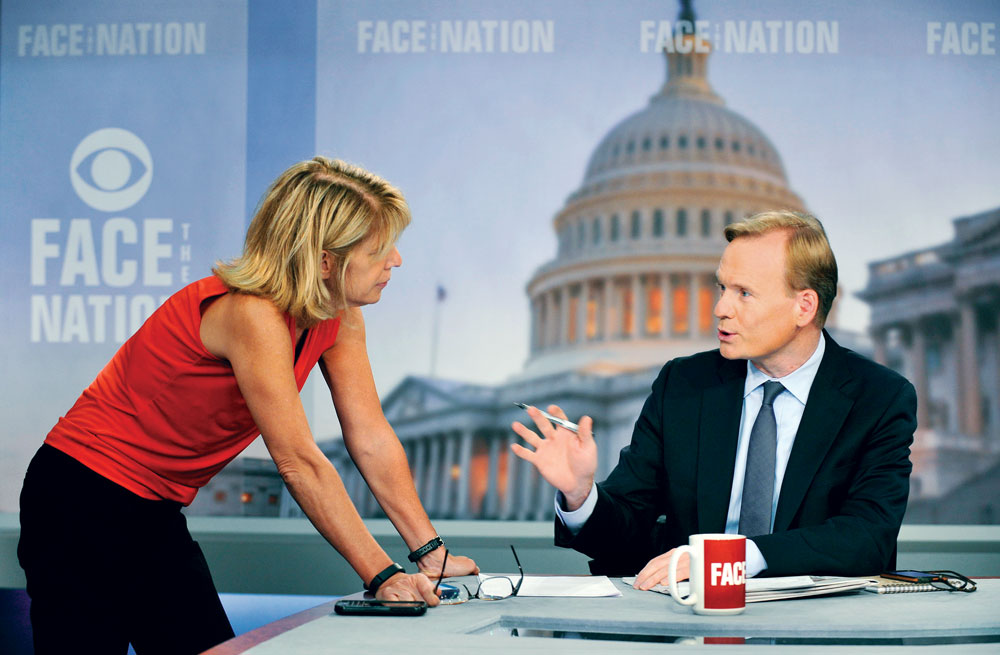From Helvetica to a Helluva Ride

I love politics and I have George Welsh to thank for it.
I worked in the office of the University of Virginia’s most successful football coach back in the mid-1980s, which gave me access to an Apple computer on my off hours. I put together my résumé there and, after I graduated, I answered an ad in the Washington Post for my dream job—a production assistant for a movie company in Washington, D.C. Who knew there was a movie company in Washington?
Actually, there wasn’t. The ad was just a way to get job seekers into an employment agency. I fell for it, and the agency sent me to Capitol Hill to interview for an IT position in the House Majority Whip’s office. The key qualification: The candidate had to know Apple and, well, my résumé was in Helvetica, one of Apple’s most common typefaces. So I looked up “whip” (the political kind) in the dictionary to find out the what (the No. 3 leader in the House, responsible for counting votes and “whipping” party dissenters into supporters) and did a little more research to find out the who (U.S. Rep. Tony Coelho, D-California).
Until then, my political knowledge consisted of knowing the basics of the Nixon, Carter and Reagan administrations. My father had vowed in 1980 not to get his hair cut until Reagan got elected. (I did not mention that at my job interview.)
Well, I got the job and started my crash course in politics and Congress. On my first day, it was clear that I did not know anything about computer systems other than how to operate an Apple, but since I was pretty good at answering phones and typing, I became the assistant to the administrative assistant (the person who actually ran the office, similar to a chief of staff). I learned how decisions are made, how deals are cut—and how to consider the optics of your actions. How something plays in the Washington Post was just as important as how it would “play in Peoria.”
Political media intrigued me, so when I left the Hill after the whip I worked for resigned, I joined the CBS News Washington bureau in 1992 as a political researcher. Now I was on the outside, looking in—trying to predict how an event or someone’s action would play. Politics is a puzzle, and being in the right place at the right time with the right information to tell a viewer helps solve it.
I’ve been at CBS for 25 years and counting, and I hope the ride will continue for many more. I spent the 1990s back in the Capitol as the Senate producer, watching bipartisan laws get enacted and scandals unfold. I spent six weeks working out of a Winnebago behind the Florida State Supreme Court during the 2000 recount. I watched the Pentagon burn on 9/11 and covered the political fallout from the wars in Afghanistan and Iraq. I spent a year living out of a suitcase in 1996 with the Dole campaign and again in 2004 with the Kerry campaign. I was White House producer toward the end of the George W. Bush administration and traveled to countries all over the world.
I am now executive producer of Face the Nation, working with anchor John Dickerson (Col ’91), and I oversee our broadcast’s coverage of Washington and world news every Sunday.
As for my political affiliation, I have none. I sometimes joke that “I hate them all” and that’s what makes it easy to cover politics. The truth is you have to let both sides make their case and let the viewer decide what’s wrong and what’s right. One CBS correspondent once said to me, “I’m not good at politics because I see the news in black and white—and politics is gray.
It is gray, and maybe that’s why gray is my favorite color.